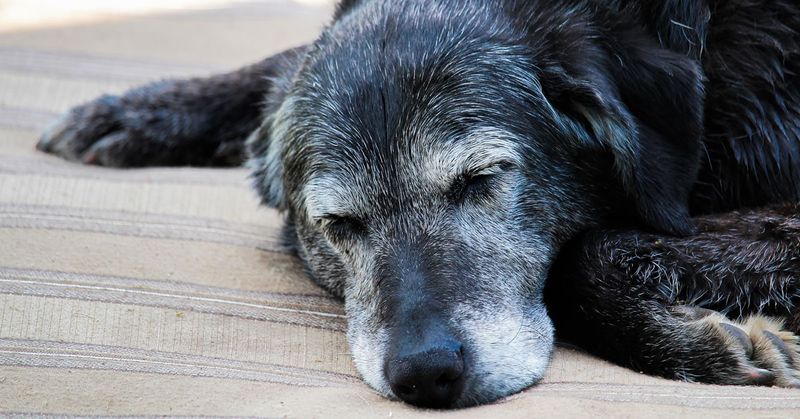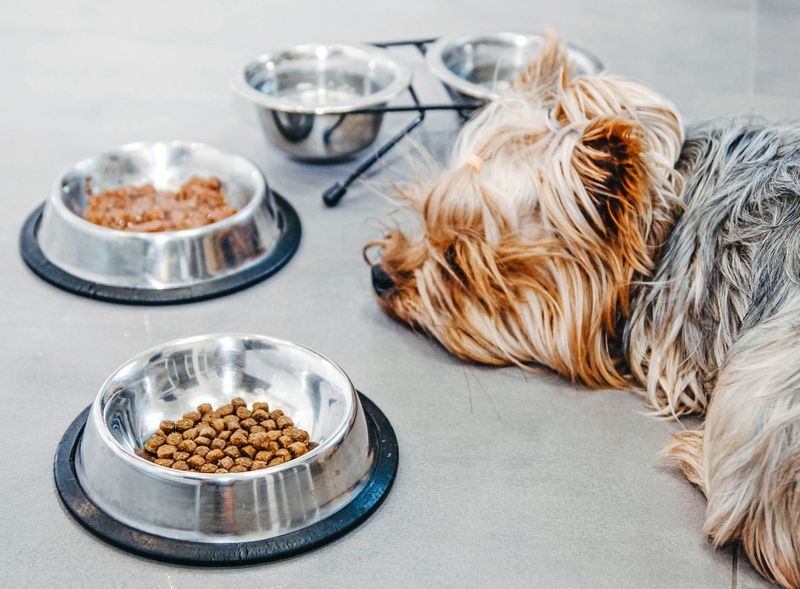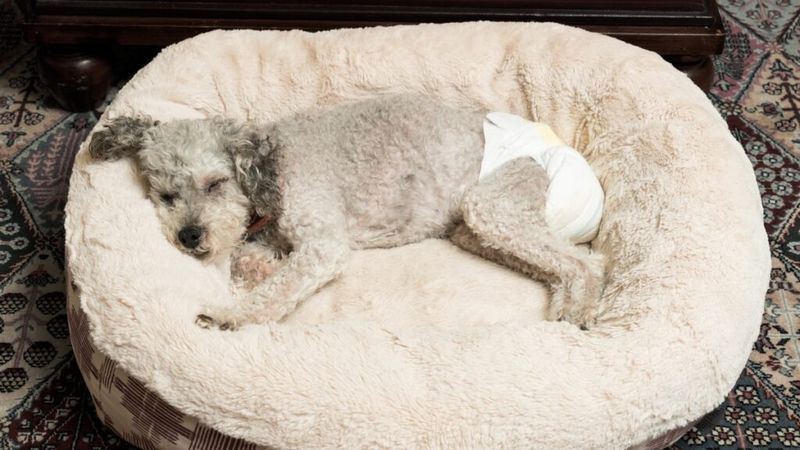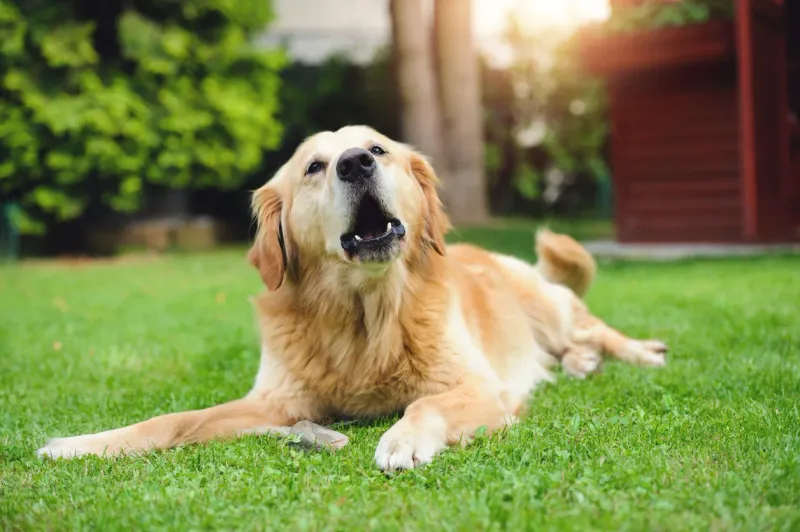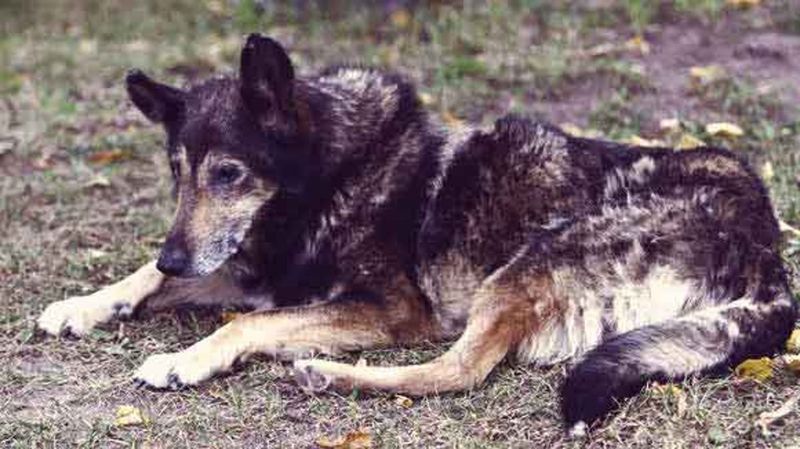As our beloved canine companions near the end of their life, they often exhibit signs that go unnoticed or unspoken. Understanding these signs can help us provide the care and comfort they need in their final days. Here are 11 lesser-known signs that could indicate your dog is nearing the end of its journey.
Increased Sleep and Lethargy
As dogs age, they often find solace in sleep, retreating to restful corners more frequently. This isn’t just fatigue; it’s part of their natural decline. You may notice your pet napping through activities they once eagerly joined.
This lethargy can be confusing, but it’s their body signaling the need for tranquility. It’s essential to provide a comforting space for these extended slumbers. Observe their patterns; are they more restful at certain times? Understanding these habits can aid in adjusting routines, ensuring they feel secure and cherished during these periods of prolonged rest.
Changes in Appetite
A notable shift in appetite often heralds a dog’s final stages. The once gleeful gulps might turn to hesitant nibbles. It’s not just a picky phase; it’s a deeper, physiological transition they’re undergoing. Owners might observe a reluctance to eat, even when served their favorite treats.
This change requires attentive care, perhaps offering softer foods or hand-fed meals to encourage them. Creating a positive dining environment can help, but it’s crucial to monitor their weight and overall health. These subtle acts of nurturing are vital as they navigate their journey towards peace.
Withdrawal and Seeking Solitude
A dog’s retreat from social interaction often signals introspection. It’s as if they’re choosing solitude to reflect, much like humans in contemplation. An outgoing pet might now favor solitary nooks, away from household bustle.
This behavior, while initially concerning, is a natural part of their aging process. It’s essential to respect their space yet remain nearby to offer comfort when needed. This balance is crucial; too much solitude might signify discomfort, while gentle companionship reassures them of your unwavering love. These quiet moments are precious, offering insights into their inner world.
Difficulty Breathing
Labored breathing in older dogs is a distressing yet significant sign. It demands immediate attention and gentle care. You may notice your pet struggling to catch breath after minimal exertion, where once they bounded effortlessly.
Creating a calm environment with minimal stressors is key. Owners should ensure their pet stays hydrated and comfortable, monitoring for any escalation in difficulty. Observing their breathing patterns can help determine if intervention is necessary. This vigilance can alleviate discomfort, providing a sense of safety and love as they navigate these challenging moments.
Loss of Bladder Control
Incontinence in elderly dogs is a common yet often unspoken sign of aging. Accidents may occur more frequently, even in well-trained pets. It’s not a matter of defiance, but rather a physical limitation beyond their control.
Owners should approach this with empathy, providing easy-to-clean bedding and frequent bathroom breaks. Maintaining their dignity is crucial, ensuring they feel no shame in these vulnerable moments. Offering reassurance and understanding helps strengthen your bond, showing them love transcends these challenges. It’s a gentle reminder of their reliance on your patience and care.
Loss of Interest in Favorite Activities
When a dog’s zest for activities wanes, it’s a poignant sign of change. A once energetic pup might now ignore their favorite ball or tug toy. This disinterest isn’t mere laziness; it’s a signal of their transitioning phase. Watch how they linger instead in quiet places, observing rather than interacting.
These behaviors show a shift in priorities, often seeking peace over play. Owners may notice their pets choosing sunlit spots to relax, rather than chase. It’s a gentle reminder of their changing pace, prompting us to offer companionship and understanding in these tender times.
Confusion and Disorientation
Cognitive decline in dogs mirrors that in humans, with confusion and disorientation often marking their twilight years. A dog may appear lost in familiar surroundings, forgetting routines or commands they once mastered.
These signs, while heartbreaking, require patience and gentle guidance. Keeping a consistent routine and environment helps to minimize confusion. Engaging them in simple, familiar activities can provide comfort. It’s an opportunity to cherish the simplicity of being present with them, offering reassurance and love when the world seems overwhelming. Your understanding presence is their guiding light.
Decreased Mobility
Mobility issues often arise as dogs age, with joints and muscles no longer supporting them as they once did. You might witness your pet hesitating at stairs or struggling to rise from a resting position.
This decrease in agility isn’t just inconvenient; it’s a clear sign of their aging process. Providing supportive bedding and ramps can ease daily activities. Consider gentle exercises or massages to alleviate discomfort. These small adjustments make a world of difference, enhancing their quality of life and showing them that their well-being is your priority.
Changes in Barking or Vocalization
Altered vocalization patterns can be surprising, yet they’re a telling sign of a dog’s end-of-life phase. A once silent dog might become vocal, or vice versa. This change reflects their internal state, sometimes signaling discomfort or confusion.
It’s crucial to listen and interpret these vocal cues, offering reassurance and comfort. Calm interactions and soothing words can help ease any distress. Recognizing this sign allows for deeper connection and understanding, fostering a meaningful presence as they express themselves in new, gentle ways.
Increased Anxiety or Restlessness
As dogs reach their twilight years, increased anxiety or restlessness can emerge. This heightened state may stem from physical discomfort or cognitive decline. You might notice pacing, whining, or an inability to settle.
Providing a calm and stable environment can help ease these symptoms. An owner’s soothing presence is invaluable, offering comfort and stability. Consider natural supplements or pheromone diffusers to promote relaxation. These compassionate efforts show your dedication to their well-being, reinforcing the bond you share.
Changes in Coat Condition
A dog’s coat often reflects their overall health, with changes indicating underlying issues. A once shiny coat may become dull or brittle, a subtle sign of their aging journey. This transformation isn’t merely cosmetic; it often signals nutritional or systemic changes.
Regular grooming and a nourishing diet can help maintain coat health, providing comfort and care. These grooming sessions are more than maintenance; they’re moments of connection, offering physical comfort and emotional reassurance. Embrace these opportunities to reinforce your bond, cherishing the simple act of care.

